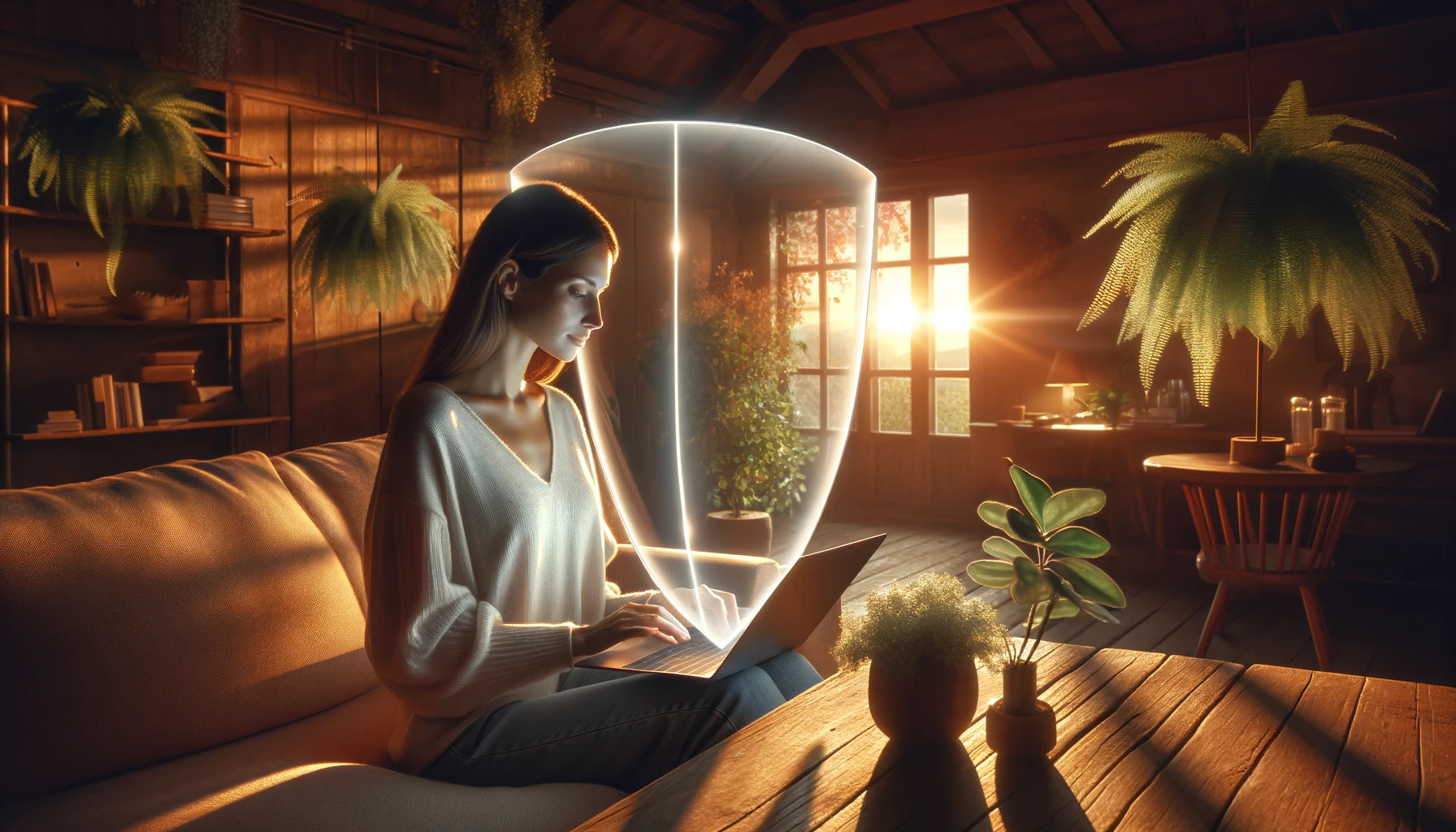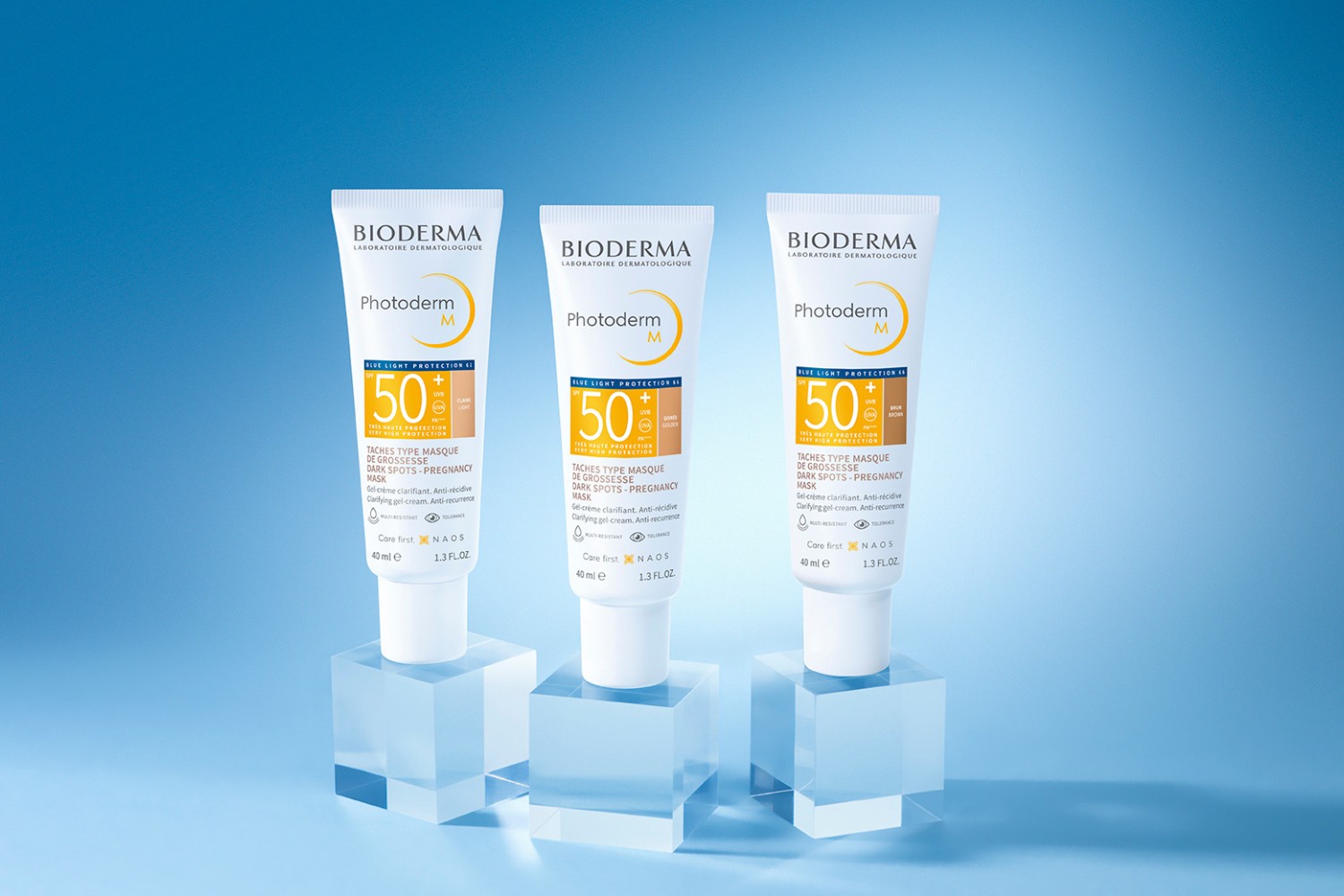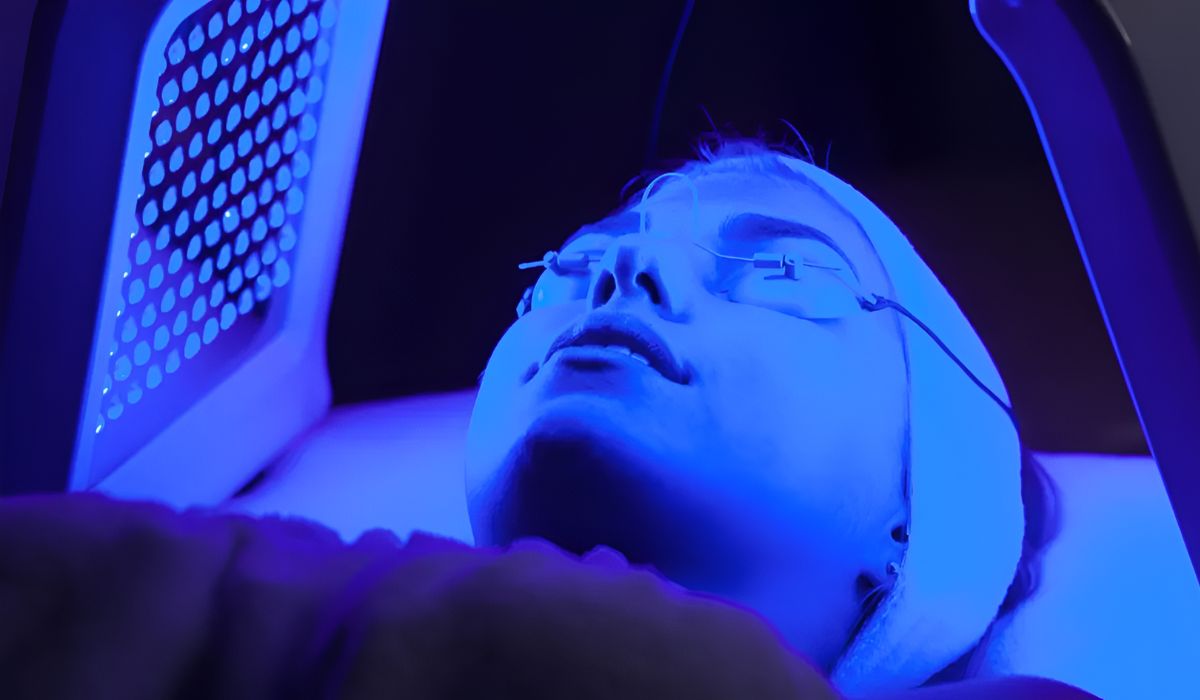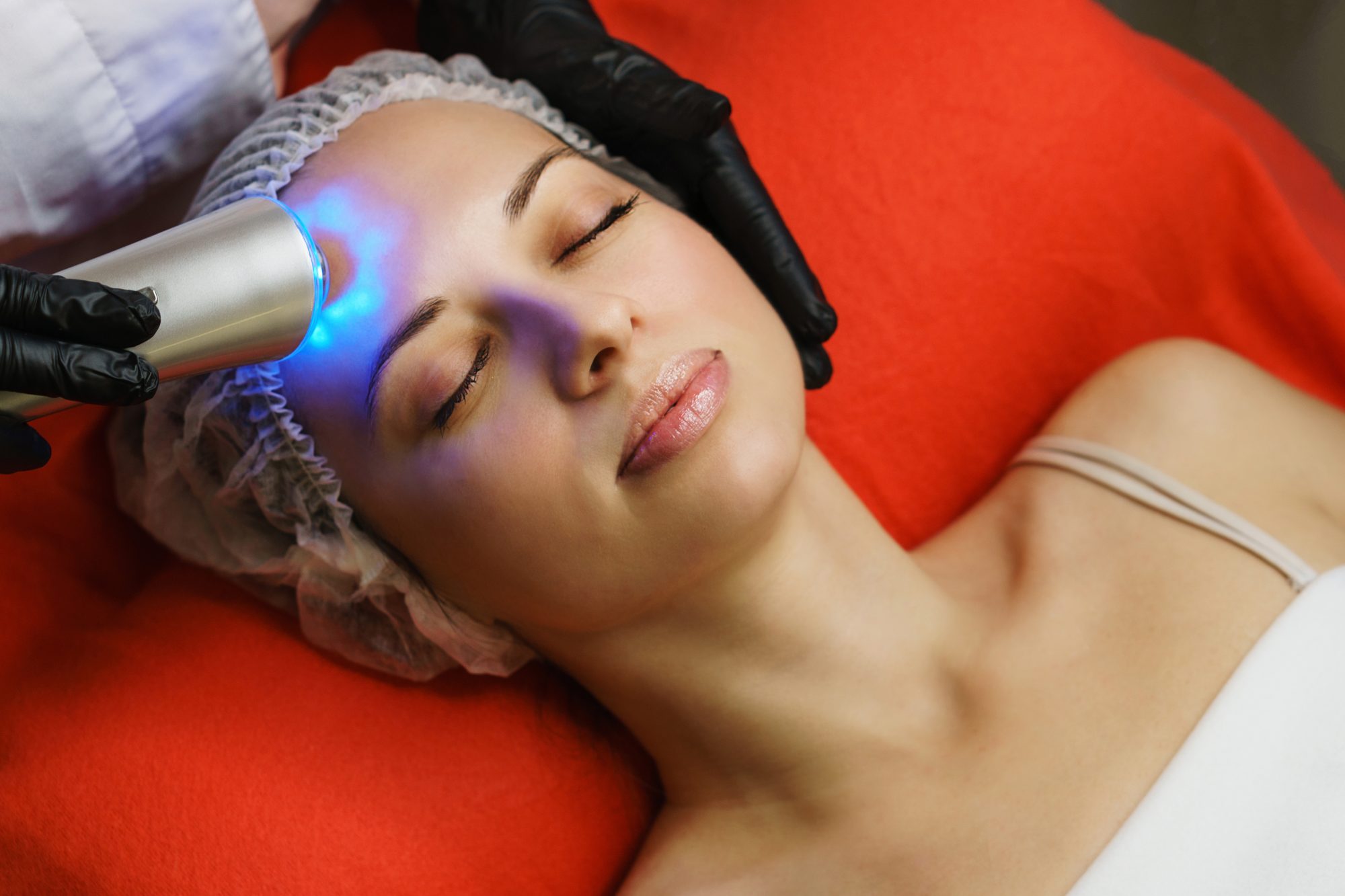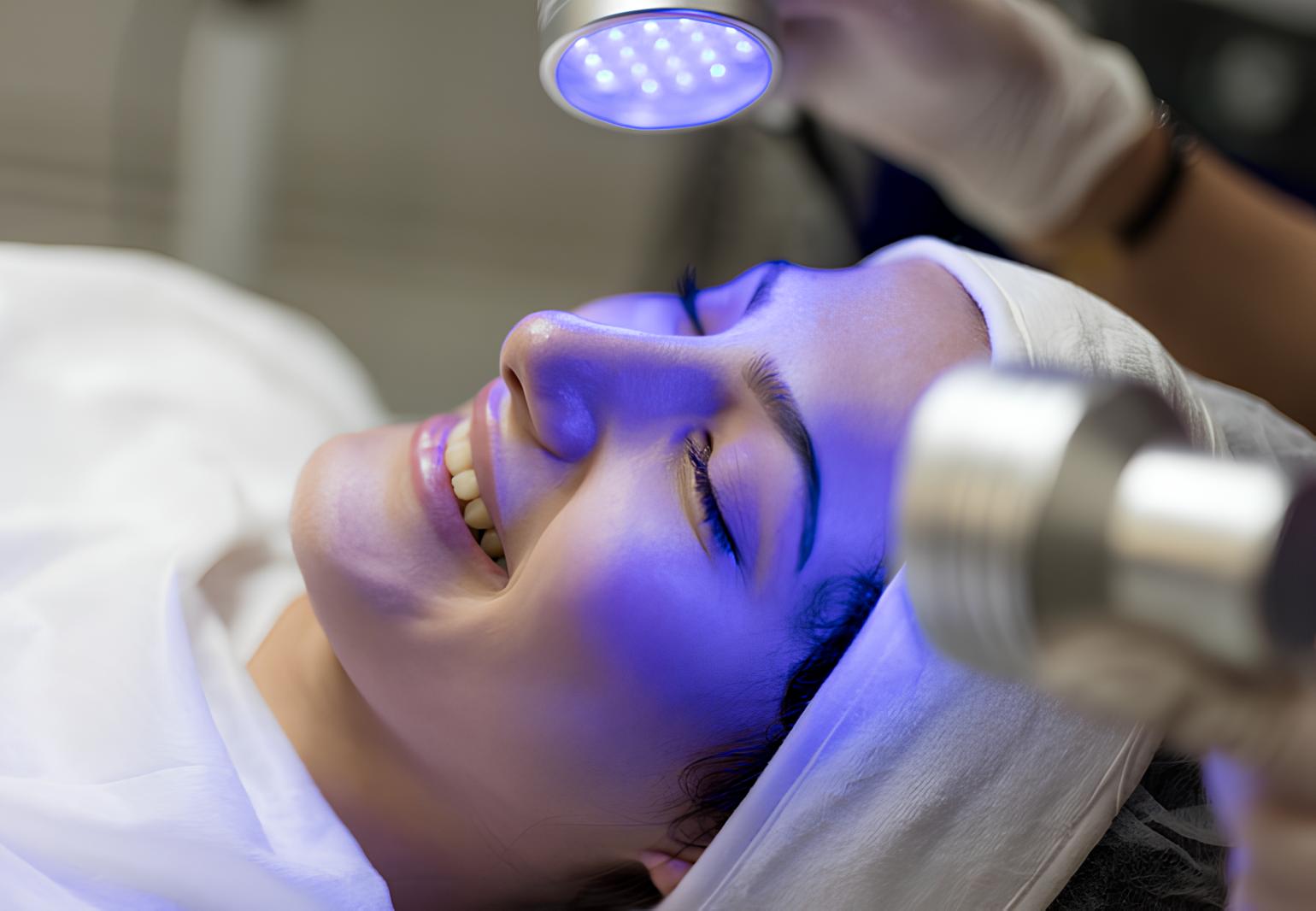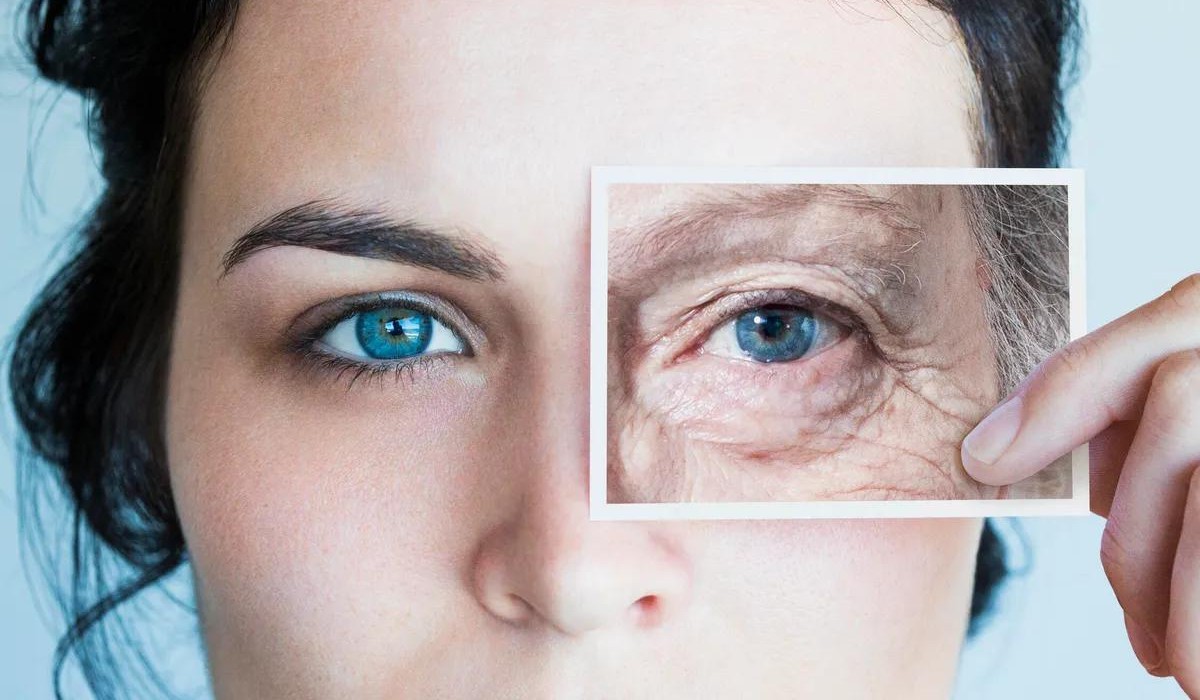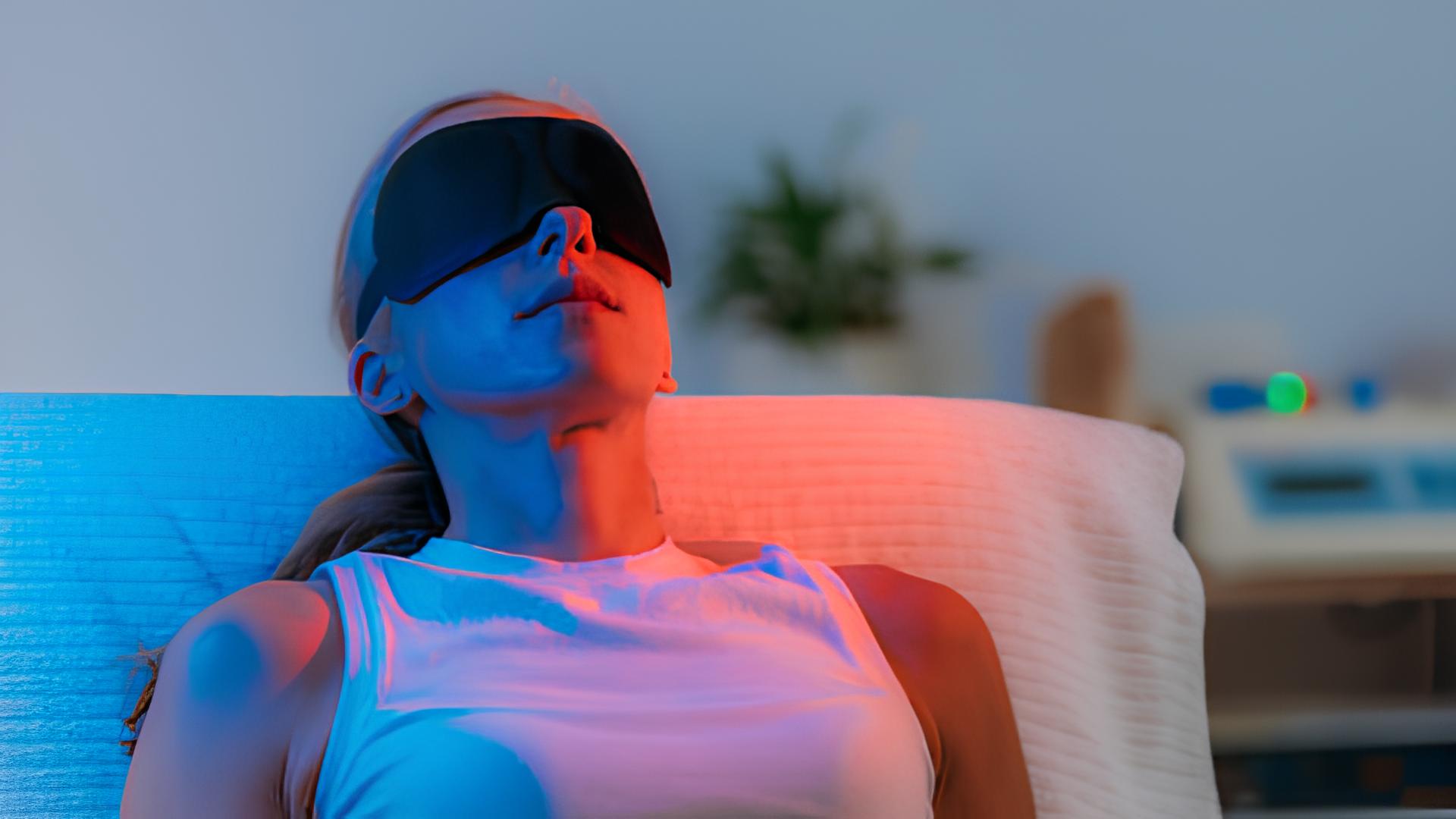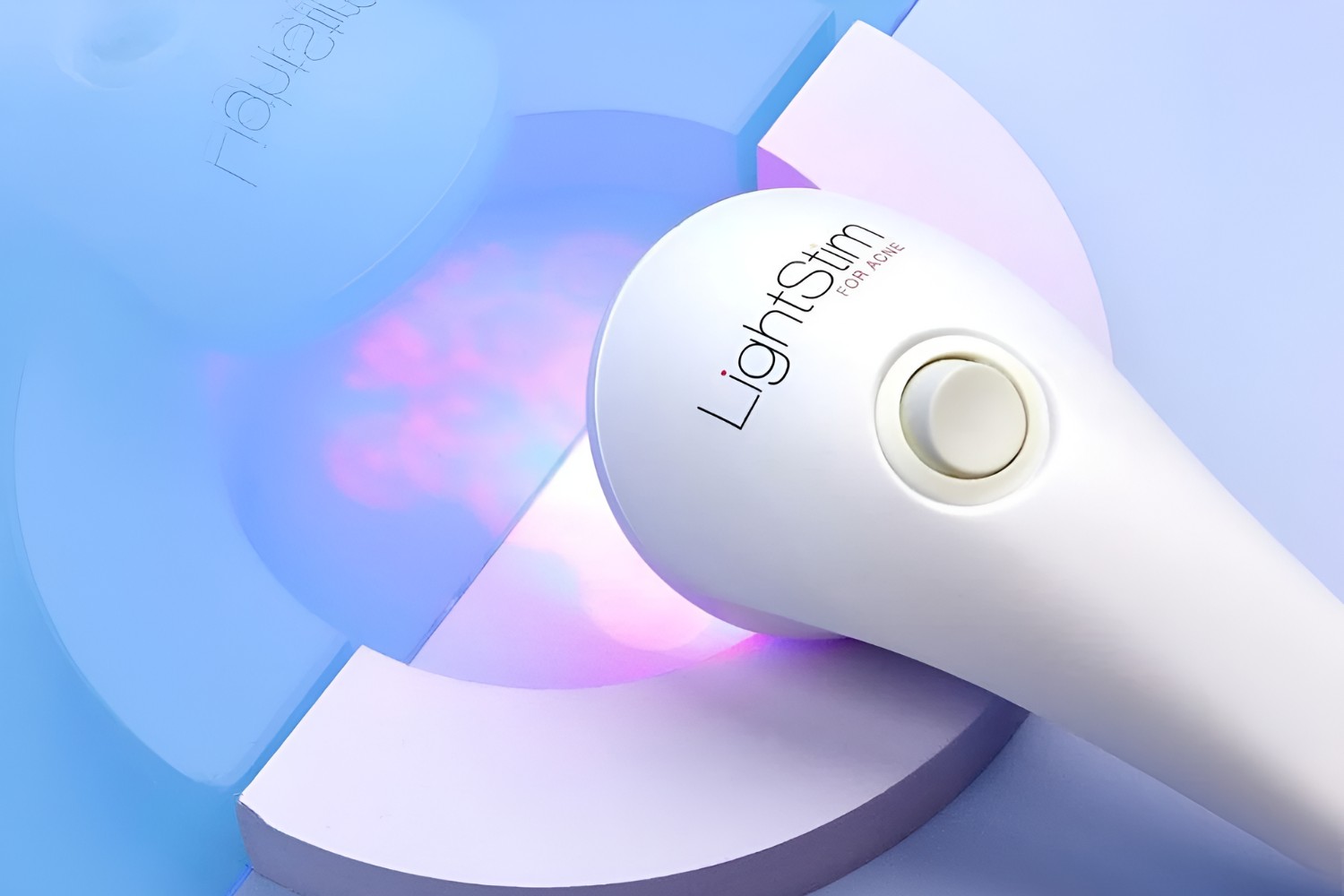Introduction
In today's digital age, our lives are intertwined with technology, and the use of electronic devices has become an integral part of our daily routine. From smartphones and tablets to laptops and LED televisions, we are constantly exposed to the glow of screens emitting blue light. While the convenience and connectivity offered by these devices are undeniable, there is a growing concern about the potential impact of blue light on our skin.
As we become increasingly reliant on digital devices, it's important to understand the potential effects of blue light and how it can impact our skin health. This comprehensive guide aims to shed light on the significance of protecting our skin from the effects of blue light and offers practical tips to shield our skin from this pervasive environmental factor.
In the following sections, we will delve into the science behind blue light, explore its effects on the skin, and provide actionable strategies to minimize its impact. By gaining a deeper understanding of blue light and its implications for skin health, we can empower ourselves to make informed choices and take proactive steps to safeguard our skin in the digital era.
What is Blue Light?
Blue light is a high-energy, short-wavelength light that is part of the visible light spectrum. It is emitted by the sun, as well as by digital screens, LED lighting, and fluorescent bulbs. With its shorter wavelength and higher energy compared to other visible light, blue light has garnered attention due to its potential impact on human health, particularly on our eyes and skin.
From a scientific standpoint, blue light falls within the range of 400 to 495 nanometers on the electromagnetic spectrum. It is known for its ability to penetrate deep into the skin, reaching the dermis layer. This characteristic has raised concerns about the potential effects of prolonged blue light exposure on skin health.
In natural settings, exposure to blue light during the daytime can have positive effects on our circadian rhythm, mood, and cognitive function. However, the increasing prevalence of digital devices has led to unprecedented levels of blue light exposure, raising questions about the potential consequences for our skin.
The proliferation of smartphones, tablets, computers, and televisions means that many individuals are exposed to blue light for extended periods, often throughout the day and even into the evening. This continuous exposure has sparked interest in understanding the implications of blue light on skin health and has prompted researchers and skincare experts to explore ways to mitigate its potential negative effects.
As we continue to embrace technological advancements and integrate digital devices into our daily lives, it is crucial to comprehend the nature of blue light and its interaction with the skin. By gaining a deeper understanding of blue light, we can equip ourselves with the knowledge needed to protect our skin from its potential adverse effects.
How Does Blue Light Affect Your Skin?
Blue light penetrates the skin more deeply than ultraviolet (UV) rays, reaching the dermis, which is the layer where collagen and elastin are found. When blue light penetrates the skin, it can lead to the formation of reactive oxygen species (ROS), also known as free radicals. These free radicals can cause oxidative stress, triggering a cascade of reactions that may contribute to premature skin aging.
One of the primary concerns associated with blue light exposure is its potential to accelerate skin aging. Studies have suggested that blue light can lead to the breakdown of collagen and elastin, essential proteins that provide structure and elasticity to the skin. This degradation may result in the formation of fine lines, wrinkles, and a loss of firmness, ultimately contributing to visible signs of aging.
Furthermore, blue light has been linked to the exacerbation of hyperpigmentation. It can stimulate melanocytes, the pigment-producing cells in the skin, leading to an overproduction of melanin. This overactivity can contribute to the development of dark spots, uneven skin tone, and discoloration, presenting challenges for those seeking to maintain a clear and radiant complexion.
In addition to its impact on skin aging and pigmentation, blue light has the potential to disrupt the skin's natural barrier function. Prolonged exposure to blue light may compromise the skin's ability to retain moisture and protect against environmental stressors. This can lead to dryness, sensitivity, and an overall weakened skin barrier, making the skin more susceptible to external aggressors and inflammatory reactions.
The effects of blue light on skin health extend beyond the surface, with emerging research highlighting its potential to interfere with the skin's natural repair processes and contribute to inflammation. This can have implications for individuals with sensitive or compromised skin, as well as those dealing with inflammatory skin conditions.
As our understanding of blue light and its impact on the skin continues to evolve, it is essential to recognize the potential consequences of prolonged exposure. By gaining insight into how blue light affects the skin, we can take proactive measures to shield our skin from its potential adverse effects and maintain its health and vitality in the digital age.
Tips for Shielding Your Skin from Blue Light
With the prevalence of digital devices in our daily lives, protecting our skin from the potential effects of blue light has become increasingly important. Fortunately, there are practical steps that can be taken to minimize blue light exposure and safeguard the health and appearance of our skin. Here are some effective tips for shielding your skin from the impact of blue light:
-
Use Blue Light-Blocking Skincare Products: Incorporate skincare products formulated to combat the effects of blue light. Look for moisturizers, serums, and sunscreens that contain ingredients such as niacinamide, antioxidants like vitamin C and E, and mineral-based sunscreens with zinc oxide or titanium dioxide. These products can help create a protective barrier against blue light and minimize its potential harm to the skin.
-
Invest in Blue Light Glasses: Consider investing in blue light glasses or screen filters for your digital devices. Blue light glasses are designed to reduce the amount of blue light that reaches your eyes, thereby potentially lessening the impact on your skin as well. Using screen filters on devices can also help diminish the amount of blue light emitted, providing an added layer of protection.
-
Limit Screen Time and Take Breaks: Be mindful of your screen time and take regular breaks from digital devices. Incorporate short intervals of time away from screens throughout the day to reduce continuous blue light exposure. This can help alleviate strain on the eyes and minimize prolonged exposure of the skin to blue light.
-
Adjust Device Settings: Many smartphones, tablets, and computers offer settings to reduce blue light emissions. Explore options such as night mode or blue light filters that can adjust the color temperature of the screen to emit warmer tones, potentially decreasing the amount of blue light exposure during evening device usage.
-
Create a Digital Detox Routine: Establish a digital detox routine to prioritize periods of time without screen usage, especially before bedtime. Engage in activities that do not involve digital screens, such as reading a book, practicing mindfulness, or enjoying outdoor pursuits. This intentional break from blue light exposure can benefit both your skin and overall well-being.
-
Maintain a Consistent Skincare Regimen: Emphasize a comprehensive skincare regimen that includes cleansing, moisturizing, and sun protection. By maintaining healthy skin, you can fortify its natural defenses and resilience against environmental stressors, including blue light.
By implementing these proactive measures, you can minimize the potential impact of blue light on your skin and promote its long-term health and radiance. With a combination of mindful screen usage, protective skincare products, and healthy habits, you can effectively shield your skin from the effects of blue light and maintain a glowing complexion in the digital age.
Conclusion
In conclusion, as we navigate the digital landscape, the significance of safeguarding our skin from the effects of blue light cannot be overstated. The widespread use of electronic devices and the pervasive presence of artificial lighting have heightened our exposure to this high-energy visible light, prompting a closer examination of its potential impact on skin health.
The understanding of how blue light penetrates the skin, triggers oxidative stress, and influences key skin processes such as collagen degradation and melanin production has underscored the need for proactive measures to shield our skin from its potential adverse effects. The implications of blue light on skin aging, hyperpigmentation, barrier function, and inflammatory responses have illuminated the importance of integrating protective strategies into our skincare routines and daily habits.
By incorporating blue light-blocking skincare products containing beneficial ingredients such as niacinamide and antioxidants, investing in blue light glasses or screen filters, and being mindful of screen time and device settings, we can mitigate the impact of blue light on our skin. Additionally, establishing a digital detox routine and maintaining a consistent skincare regimen can further fortify our skin's resilience against the challenges posed by continuous blue light exposure.
As we strive to strike a balance between embracing technological advancements and prioritizing skin health, the proactive steps outlined in this guide offer a pathway to effectively shield our skin from the effects of blue light. By adopting these measures, we can nurture our skin's well-being and radiance, ensuring that it remains resilient and vibrant in the face of modern-day environmental stressors.
Ultimately, the evolving understanding of blue light and its implications for skin health invites us to be proactive and intentional in our approach to skincare. By arming ourselves with knowledge and implementing practical strategies, we can navigate the digital era with confidence, knowing that we are taking meaningful steps to protect and preserve the health and beauty of our skin in the presence of pervasive blue light exposure.







